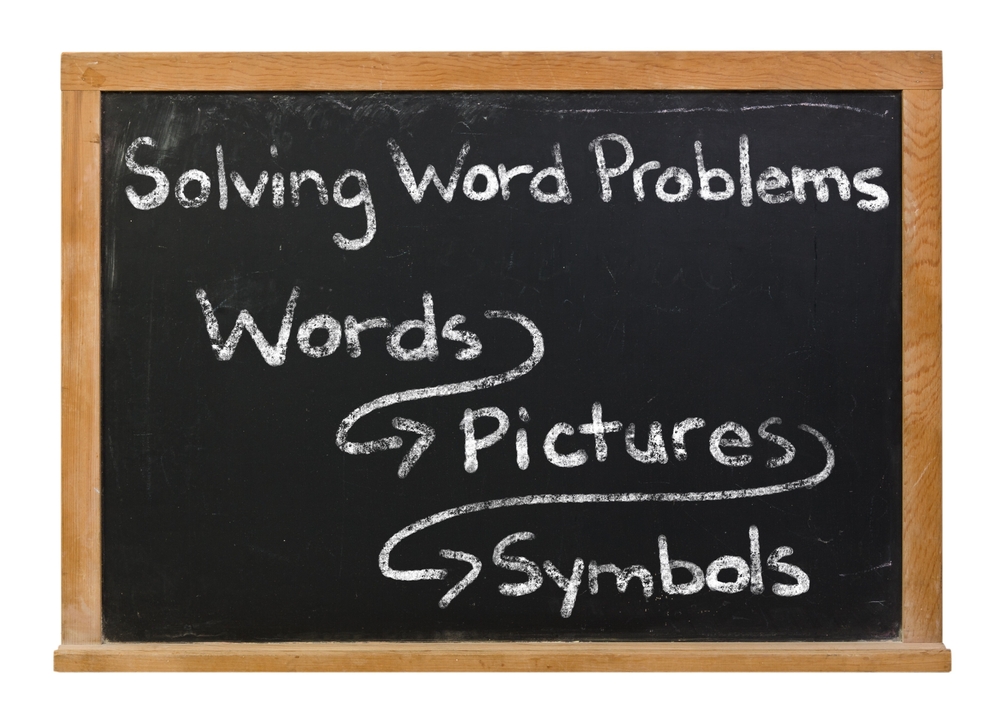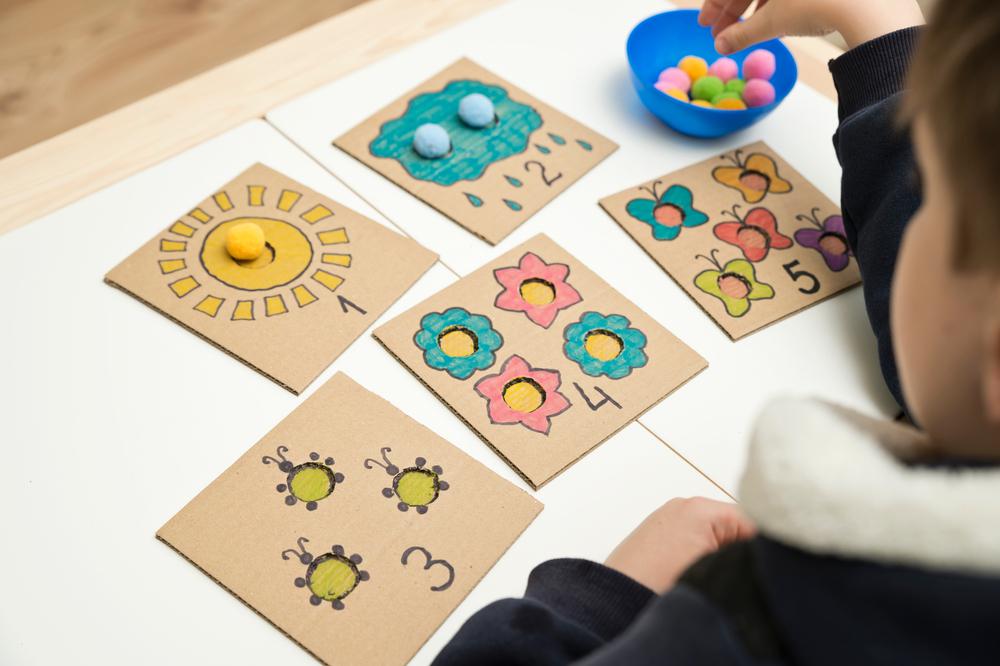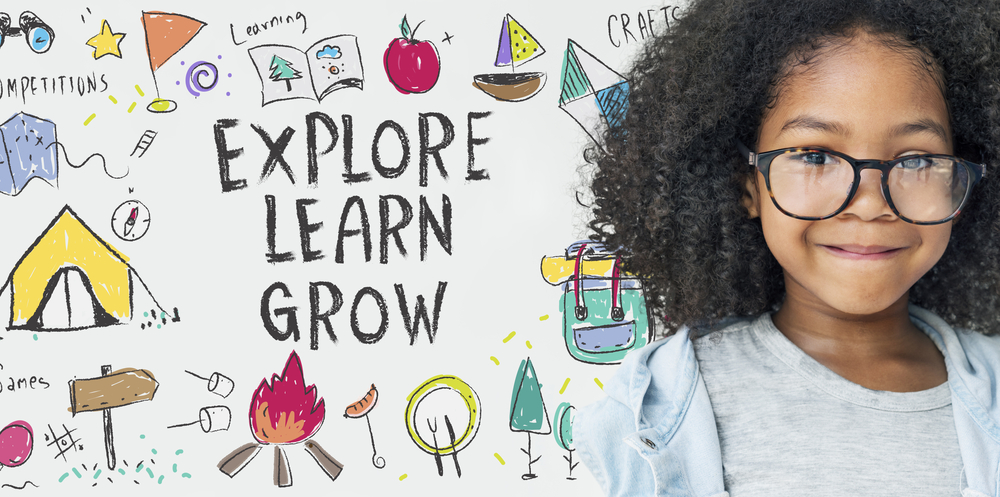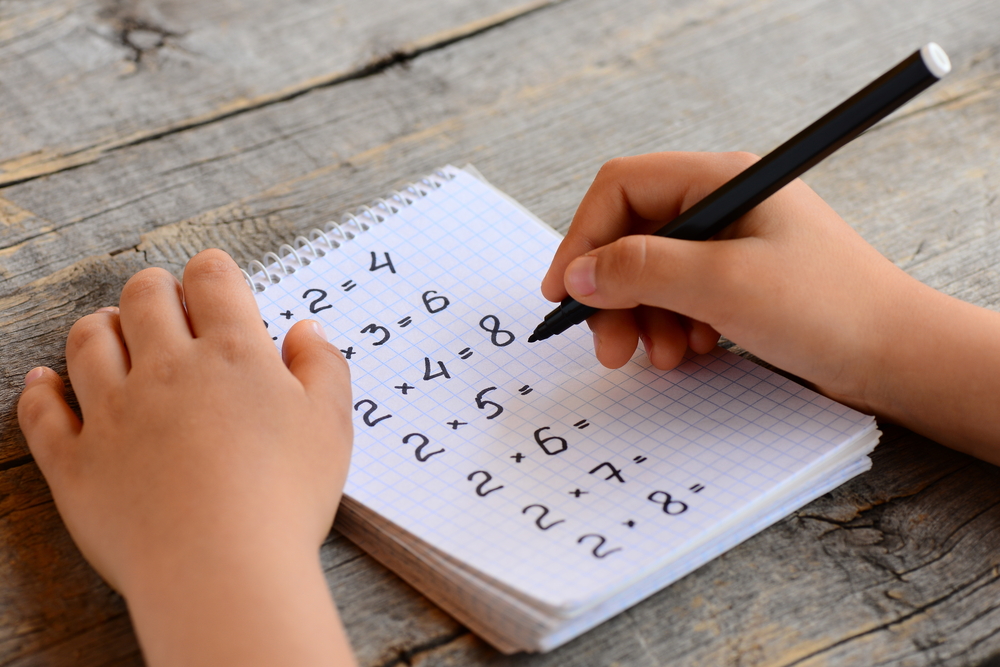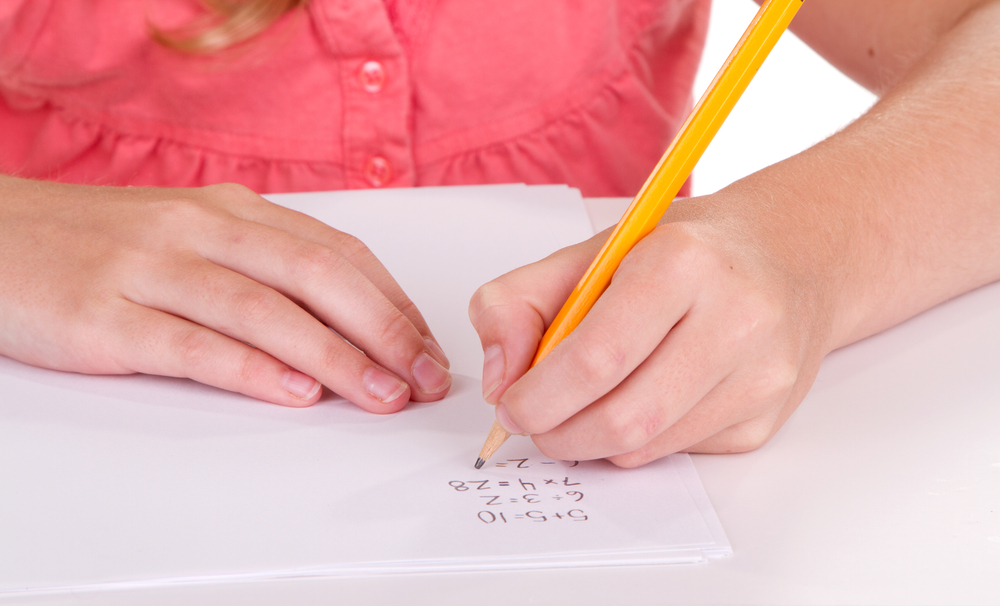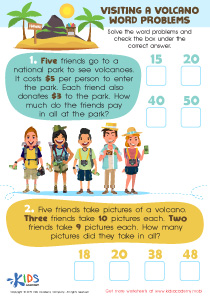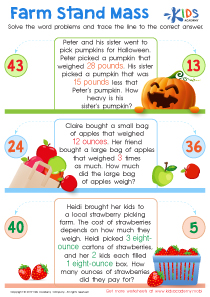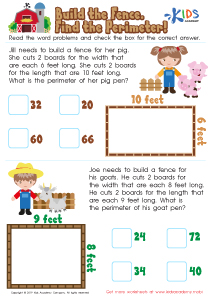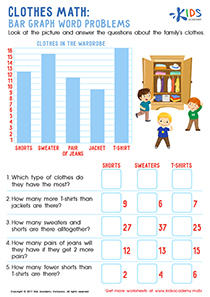Counting skills Normal Addition and Subtraction Word Problems Worksheets for Ages 4-8
3 filtered results
-
From - To
Discover our engaging Counting Skills worksheets focused on Normal Addition and Subtraction Word Problems, specifically designed for children ages 4-8. These printable worksheets serve as an effective resource to help young learners develop essential mathematical skills while reinforcing their understanding through fun and relatable scenarios. Each activity encourages critical thinking as kids solve problems that integrate basic counting, addition, and subtraction techniques. Perfect for both classroom and home learning, our worksheets promote interactive and hands-on experiences, ensuring that young minds can grasp foundational math concepts creatively. Jumpstart your child’s mathematical journey and watch their confidence flourish with our targeted activities!
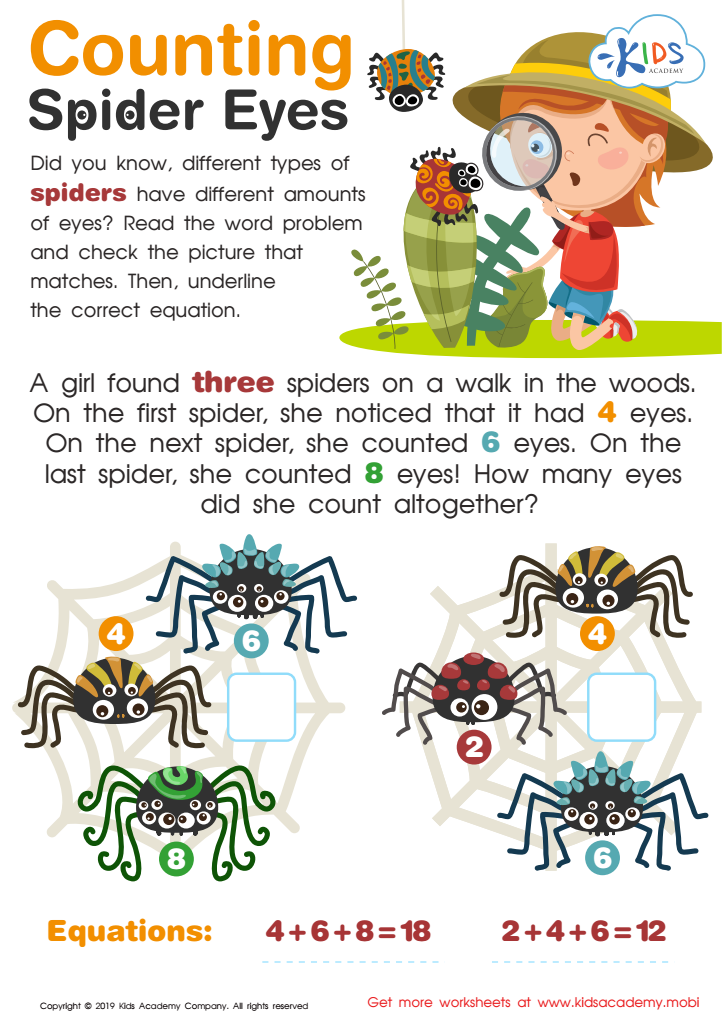

Counting Spider Eyes Worksheet
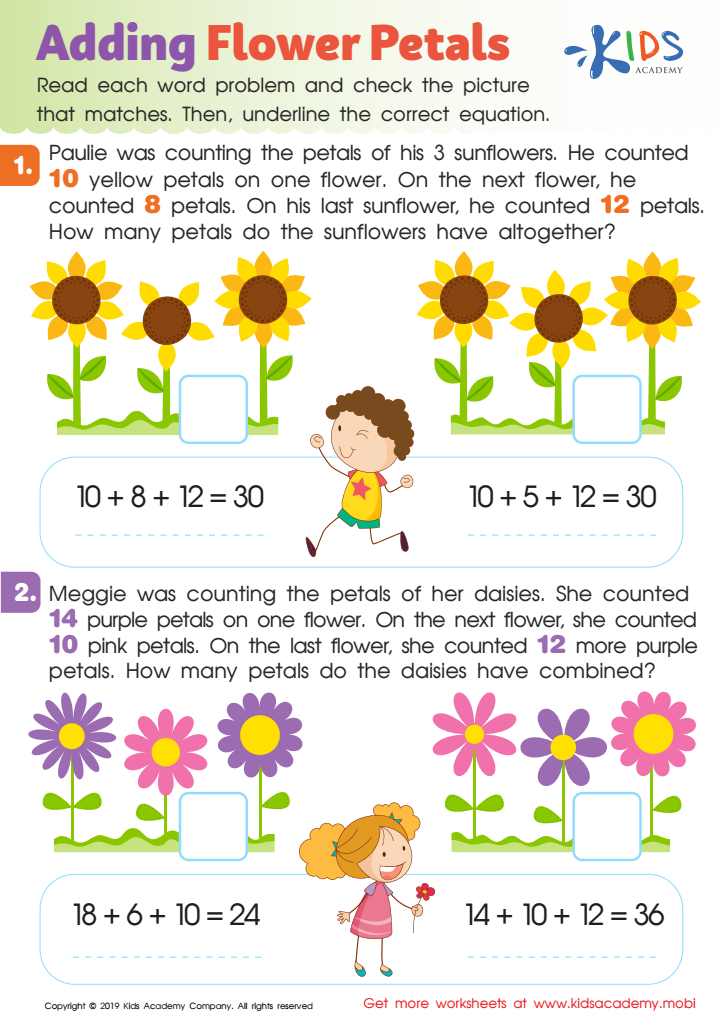

Adding Flower Petals Worksheet
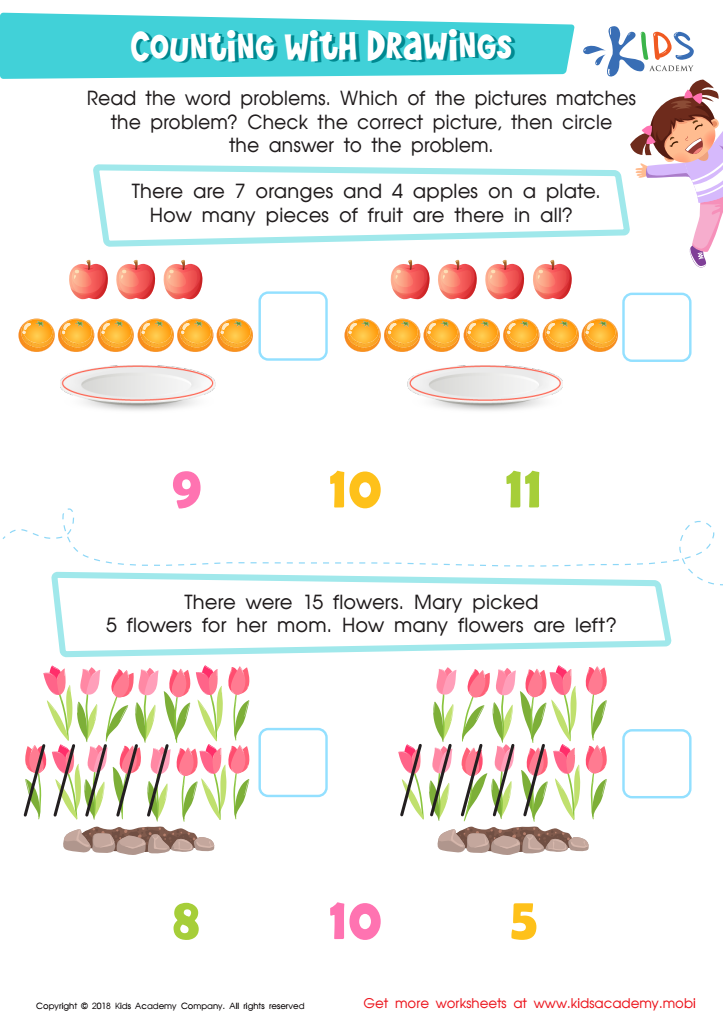

Counting with Drawings:Fruits & Flowers Worksheet
Counting skills and mastery of normal addition and subtraction word problems are fundamental for children ages 4-8, serving as building blocks for their future learning in mathematics and critical thinking. At this stage, children begin to cultivate their numerical sense, which is essential for everyday life, as well as for more advanced mathematical concepts.
Parents and teachers should care about fostering counting skills and an understanding of addition and subtraction through word problems for several reasons. First, these skills enhance cognitive abilities, helping children with logical reasoning and problem-solving. With real-world applications, word problems encourage children to connect math with their everyday experiences, making learning relevant and engaging.
Additionally, a solid grasp of these concepts builds confidence and reduces math anxiety as children advance in their education. Early engagement should focus on comprehension rather than just calculations; this promotes a richer understanding of math. Finally, success in early mathematics contributes to overall academic achievement, as many subjects require math proficiency for literacy, science, and more. In summary, supporting counting skills and problem-solving early on creates a strong foundation for future educational success and lifelong learning.

 Assign to My Students
Assign to My Students


